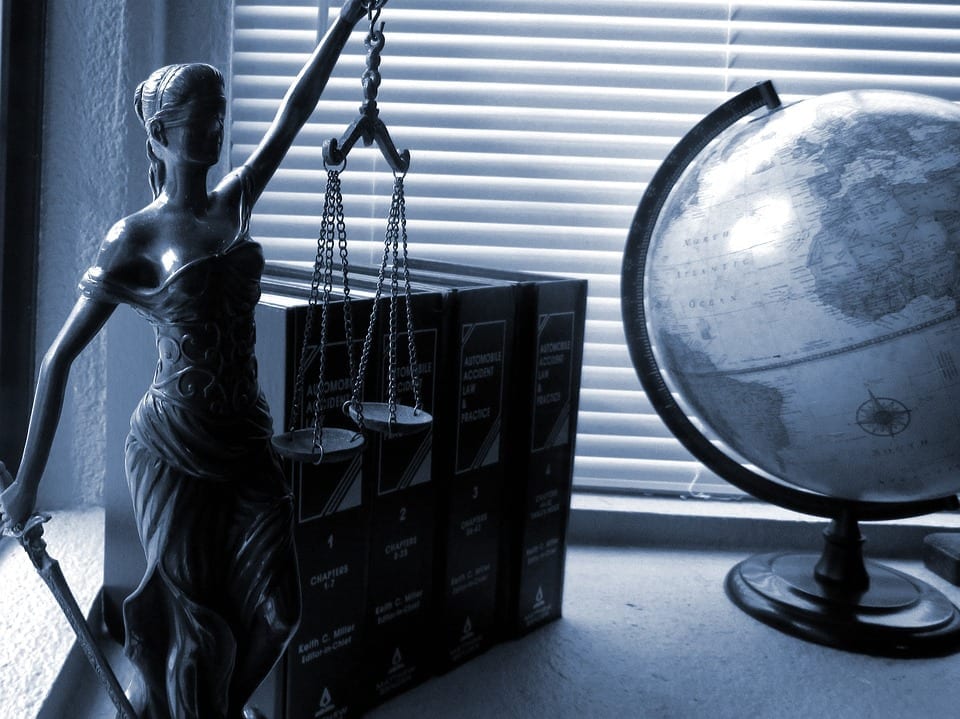We must always consider carefully whether a lawsuit is necessary, as frivolous attempts can draw vital attention or perhaps credibility from genuine cases and class action suits.
Is it too strong to suggest that we live in a society obsessed with litigation? The lawsuit has undoubtedly become a prominent aspect of our world. Injury compensation advertisements populate our media, and a threat to sue has become something of a knee-jerk response to an incident. An entire industry has been formed around the potential to obtain substantial compensation awards in injury cases.
That said, when utilized responsibly, lawsuits serve a valid purpose. They can provide victims with much needed financial support in times where the neglect of another has caused hardship. There is even an argument to be made that they can serve as an effective deterrent against actions that are harmful or libelous.
However, we must also acknowledge that there is a line to be drawn. At what point does responsible litigation cross into excessive greed? We’ll take a look at a few prominent cases that help us explore how lawsuits might be a useful way to redress the balance, and where they diverge into a grab for unwarranted financial gain.
Liebeck v. McDonald’s
In casual discussions about lawsuits, many of us will have heard some wild and potentially dubious stories, usually revolving around how manufacturers need to include warnings on their products as a result of a lawsuit brought about by ridiculous consumer behavior. Perhaps one of the more famous tales in this regard is that of Liebeck v. McDonald’s.
The case arose when the 79-year-old plaintiff, Stella Liebeck, brought a lawsuit against the fast-food chain after spilling hot coffee on her lap. The spillage resulted in Liebeck becoming hospitalized for eight days and receiving skin grafts. Following Liebeck’s failed attempts to claim medical and loss of income expenses from McDonald’s, her lawyers brought a case for product liability, asserting that the hot coffee constituted a faulty item. Initially, the New Mexico civil jury awarded $2.86million, of which only $160,000 was assigned to cover medical expenses and compensatory damages.

Liebeck v. McDonald’s is often held up as the poster child of excessive lawsuits; however, there is certainly a case to be made that this opinion arises due to the widespread approach of the media of oversimplifying the facts. News reports and representations in entertainment generally presented the case as one in which a woman spilled hot coffee on herself, and managed to sue for millions of dollars.
These presentations often ignored the fact that Liebeck received severe burns from coffee that was 30-40 degrees hotter than most vendors and had initially attempted to settle for a lower amount. This was not the case of frivolous greed the media presented.
That said, one could argue the amount initially awarded by the jury is disproportionate to the injuries received. It goes far beyond the intention of litigation to indemnify the plaintiff for costs incurred and reasonable compensation. The judge in the trial later reduced the settlement amount to $640,000, and this case has been instrumental in the debate for tort reform. It also helps to illustrate how businesses need to protect themselves. Tools such as general liability insurance, while not a legal requirement, have become an integral part of even small business practice in an environment that sees 1 in 4 small companies being the subject of a lawsuit in any given 10-year period.
Norman v. Honda
High profile lawsuits aren’t always straightforward affairs of frivolity or merit. Some are more obviously laudable, such as the cases of U.S. veterans who have contracted mesothelioma as a result of exposure to asbestos. These are not only important for individual plaintiffs but also help to address broader issues, such as the importance of understanding who is at fault and the extent to which they are liable.
The Norman v. Honda case is one in which there could undoubtedly be considered a grey area of liability. In 1992, Karen Norman inadvertently backed her car down a boat ramp, causing it to sink into the Galveston Bay. The resultant lawsuit brought by Norman’s family against Honda asserted that her seatbelt locked, pinning her to the seat and preventing her from operating the emergency release button, causing her to drown. However, an autopsy report showed that Norman’s blood-alcohol level was 1.7 — nearly twice the legal limit.
Who was at fault in this instance? Indeed, the lawsuit itself could be warranted, as it highlights the need for manufacturers to provide safety measures that have sufficient emergency release mechanisms. There is also the potential that the incident may not have occurred at all, had Norman not been intoxicated. Initially, the jury found that both parties were responsible — Norman 25% at fault. They awarded the family and estate a total of $65million. However, upon appeal, the court found that the family did not provide sufficient evidence to show the seatbelt was defective, and Honda was not required to provide any compensation.
Blunt v. Haupt
Sometimes lawsuits represent not merely a case of injury, but also a breach of trust. We have something of a unique social contract with providers of our medical services. We place an enormous amount of faith in them that their expertise and professionalism will keep us alive and well. When this fails, victims can undertake medical malpractice lawsuits. However, it is crucial to understand that there is a difference between medical procedures failing despite a professional’s best efforts and the dereliction of duty that should be addressed in a malpractice lawsuit.
Legitimate malpractice lawsuits should seek to address mistakes caused by a medical professional’s negligent or purposely damaging behavior. One of the most prominent instances of this is Blunt v. Haupt, in which a California couple brought a lawsuit on behalf of their daughter, Sophia, against obstetrician Dr. Kurt Haupt. The plaintiffs alleged that Dr. Haupt failed to monitor Sophia’s heart rate during delivery. They also asserted that Haupt was oblivious to the fact that she had been strangled by her umbilical cord. The parents claimed that as a result of negligence, Sophia received injuries that caused cerebral palsy.
Furthermore, there were allegations of a cover-up as the medical records that would have provided evidence of hypoxia during delivery disappeared. A jury awarded the family $74 million. While high-award cases are often dismissed as frivolous, this instance illustrates that medical malpractice awards should accurately reflect the needs of the patient. The compensation was calculated according to ongoing medical care based on a life expectancy of 63 years and lost earnings during that time.
Conclusion
Our society is frequently considered to have adopted a compensation culture. There are instances in which plaintiffs and lawyers have gone beyond the ideal primary intention of litigation, to fairly compensate for damages caused. We must always consider carefully whether a lawsuit is necessary, as frivolous attempts can draw vital attention or perhaps credibility from genuine cases and class action suits.


Join the conversation!